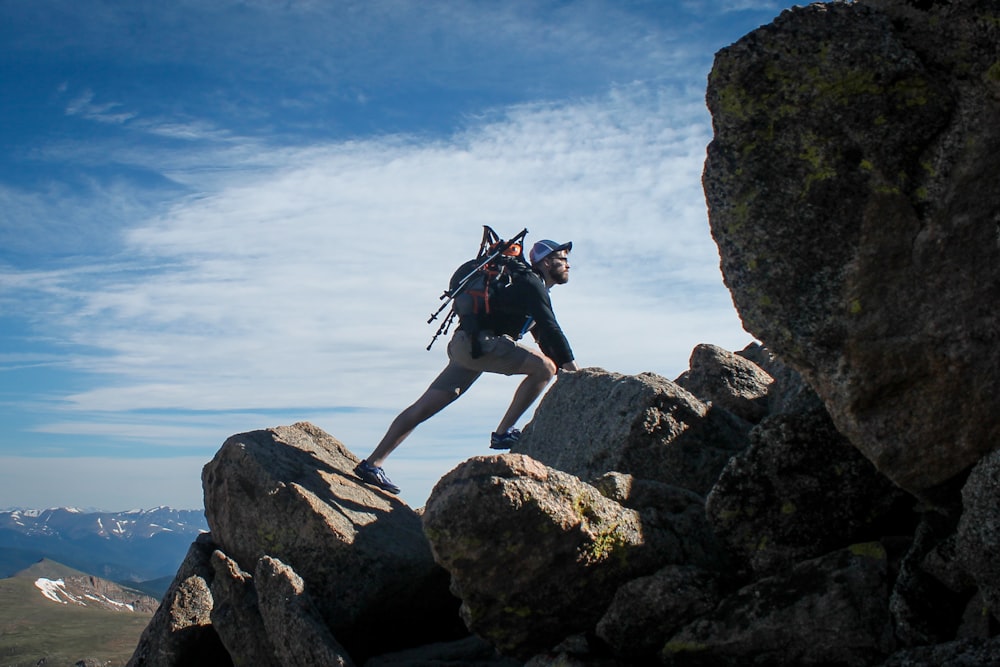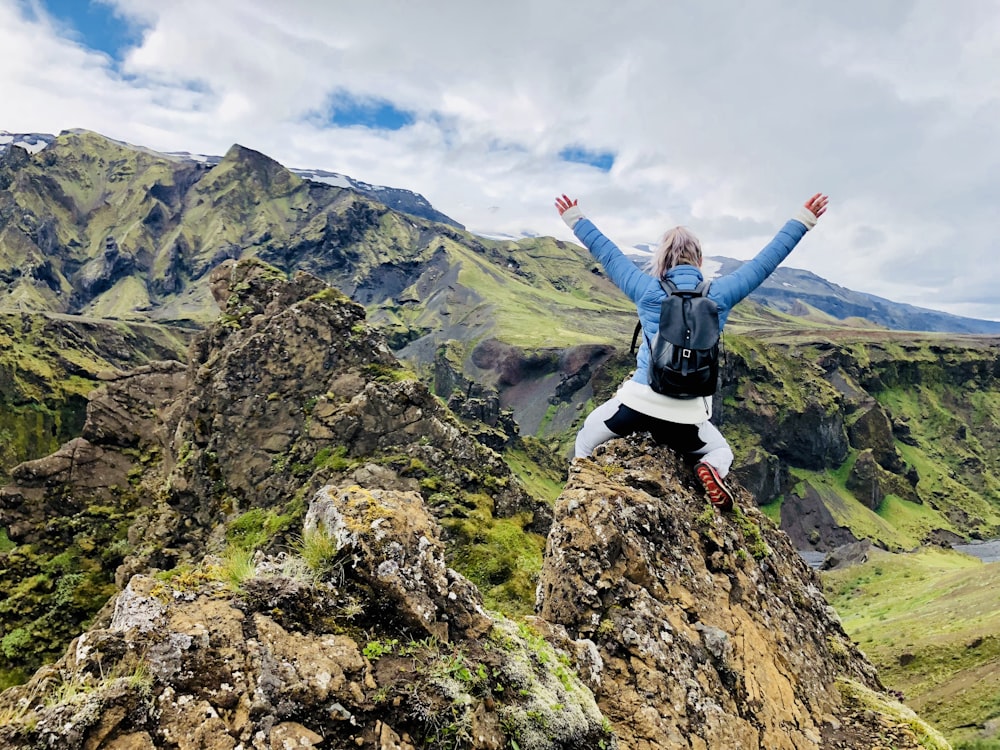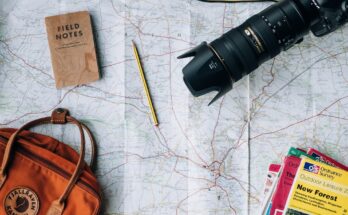Climbing mountain: Some tips for your safety net
You haven’t truly lived until you’ve witnessed the sunrise from a mountaintop! Once you arrive at the summit, you truly feel like you have accomplished something. No problem if you’ve never climbed a mountain. It’s quite simpler to enter than you might imagine. You’ll be climbing a hill in no time with the appropriate equipment and strategy. We’ve created a helpful list that you may utilize to reach the very top of the list to assist you in accomplishing your goal.
Learning basics for climbing mountain
Image via Unsplash.com
Look for beginner courses you may enroll in in your region. If none are available, search online for virtual classes. They’ll provide you with some of the essential equipment and information you’ll need to climb a mountain securely.
A course can also help you learn the numerous unfamiliar terminology and jargon that are used in mountaineering.
To acquire a crash lesson in mountain climbing, the American Alpine Club provides courses in several cities around the US.
Joining a club
The American Alpine Club, among other national organizations, has numerous clubs and regional chapters that are especially friendly to newcomers. See what you can do to join a club by searching online for one in your neighborhood. Attend meetings and group events to connect with other climbers who can offer advice when you’re getting your bearings.
You can also explore for online forums where you can join groups to talk to other climbers, such as social media.
Working out for climbing mountain
Image via Unsplash.com
Because mountain climbing requires a lot of physical effort, getting stronger and more physically fit is a fantastic method to get ready for a climb. Start your training at least a year in advance if you haven’t exercised in a while. If you’re already quite active, three to six months of training can be sufficient. Exercises that are particular to climbing should be included to improve both your strength and aerobic capacity and to help you practice the movements you’ll make when climbing a mountain.
Try cycling, running, or high-intensity interval training (HIIT) for aerobic activities. Strengthening yourself by lifting weights is a terrific approach to grow stronger, but if you’ve never done it before, practice with a partner who has.
Practice through simulation for climbing
Put on a rucksack that is laden down with weights or supplies. To improve your physical conditioning and climbing muscles in preparation for mountaineering, go on an uphill walk while wearing a pack. To improve your alpine climbing skills, go trekking uphill through the snow if you live somewhere where it snows.
Find some hiking routes to explore in your neighborhood. It’s a fantastic way to take in the outdoors while getting ready for a trip to the mountains.
To vary things up, including hiking with a weighted pack in your overall workout program.
Safety equipment for climbing mountain
Image via Unsplash.com
Look around at local mountaineering supply shops. To discover a pair of hiking boots or shoes you like, try on a few different pairs. Make sure you have a harness that fits you perfectly if you intend to scale mountainous terrain. You’ll also require some reliable climbing ropes. Get crampons, which are spikes that attach to your boots to increase their grip, as well as an ice axe for snowy circumstances.
Make sure the boots are a good fit! You shouldn’t want your feet to feel constrained or squeezed because you’ll be wearing shoes for a lengthy period.
Leather, synthetic materials, or waterproof membranes can be used to make hiking boots and shoes. When compared to synthetic materials, which are lighter but could degrade more quickly and waterproof membranes, which are made to withstand water, leather can be heavier but more durable. Select a material based on what best meets your needs.
Use climbing rope that is graded and made for mountains. You want to be able to rely on it most critically.
Choosing route wisely
The National Climbing Classification System (NCCS) and the Yosemite Decimal System (YDS) are the two primary classification systems used in North America. A “class” system is used by the YDS, with Class 1 being the easiest and Class 5 being the most challenging. The NCCS uses a “grade” system and bases its system on how long a climb is anticipated to take. The Grade I task is the simplest and should be finished in less than a half-day. The Grade VII task, on the other hand, requires scaling substantial alpine walls. Select a route based on your degree of experience.
If you’re novice to mountain climbing, for instance, stick to Class 1 or Grade I routes.
Enquiring permit for mountain climbing
Image via Unsplash.com
To find out what permissions and fees are necessary, get in touch with the park ranger’s office or visit their website. So that you can concentrate on climbing when you reach to the mountain, make sure you pay the price and obtain the permit beforehand.
Most parks offer online payments.
Keep a copy of your receipt in case you need to show it to prove you made the appropriate payment.
Camping at the mountain
A bivouac is a compact, outdoor camping area. To pitch up camp on a mountain or at a trailhead, most parks and mountains require some kind of permit or license. Before you begin climbing a mountain, research the prerequisites for that peak and be sure to obtain the required permissions or permits.
To find out what you need to apply for a bivouac permit, check the park’s website or phone the neighborhood Wilderness Office.
Most parks will also need you to pick up a parking permit for your car at the office.
Join those who are experienced
Image via Unsplash.com
If you can, request to climb with other, more experienced climbers. They can help you make sure you’re doing things correctly, they can answer your questions, and they can give you advice on how to get better at climbing. Benefit from their knowledge! Watch what they do, probe them with questions, and learn everything you can from them.
For instance, if a seasoned climber appears to be moving more slowly than you would anticipate, inquire as to why. They might be taking it slow to conserve energy.









